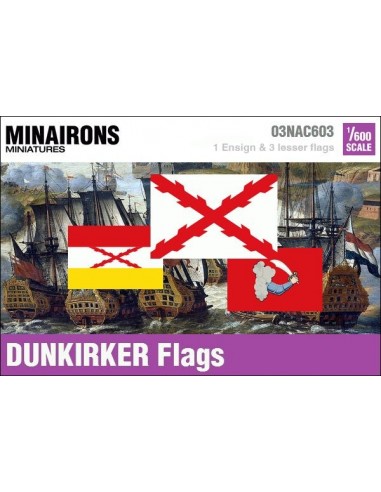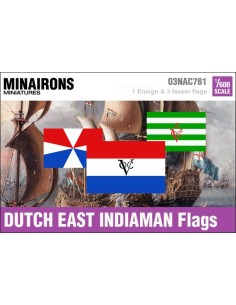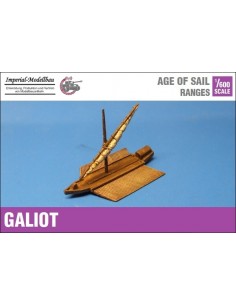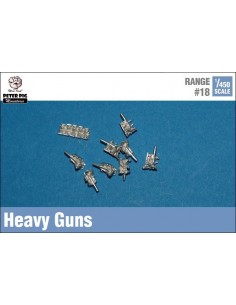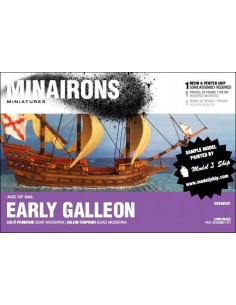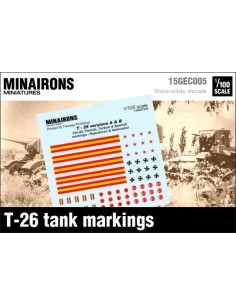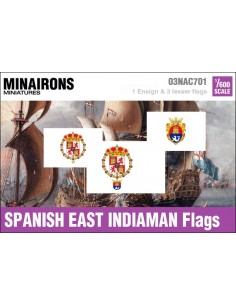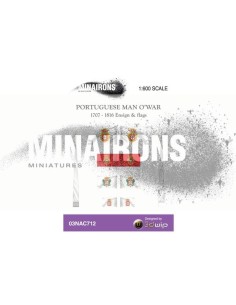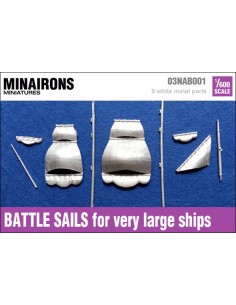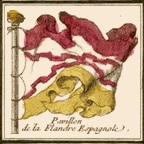 A red-white-yellow flag is documented for the Spanish Netherlands as far back as 1588, intended for being used by the Flanders Squadron of Spanish Armada. Flags could have a plain field, or show a variety of symbols and coats of arms on it. Further precision was achieved through a 1647 decree establishing that the Flanders Squadron tricolor ought to show a Burgundy cross on the white stripe. Some sources state that this flag was used as an ensign, and even suggest it was used by civilian ships too --but I've been unable to find any graphical evidence of it. In any case, this design was successful enough to survive the Southern Netherlands change of hands after the War of Spanish Succession, so it kept being used under Austrian Habsburgs rule --albeit with the imperial two-headed eagle on its centre.
A red-white-yellow flag is documented for the Spanish Netherlands as far back as 1588, intended for being used by the Flanders Squadron of Spanish Armada. Flags could have a plain field, or show a variety of symbols and coats of arms on it. Further precision was achieved through a 1647 decree establishing that the Flanders Squadron tricolor ought to show a Burgundy cross on the white stripe. Some sources state that this flag was used as an ensign, and even suggest it was used by civilian ships too --but I've been unable to find any graphical evidence of it. In any case, this design was successful enough to survive the Southern Netherlands change of hands after the War of Spanish Succession, so it kept being used under Austrian Habsburgs rule --albeit with the imperial two-headed eagle on its centre.
The Dunkirkers or Dunkirk Privateers were commerce raiders in the service of the Spanish monarchy. They were also part of the Spanish Armada Flanders Squadron, so they were likely to have flown the above described tricolor flag, either as an ensign or a mast flag. Worth to be noted that contemporary works of Dutch painters use to show Dunkirkers as flying not only Spanish but Dutch styled red-white-blue flags too. Was it merely a ruse de guerre?
When Dunkirk fell into French hands in 1658, privateering activities were resumed, this time for France; and this would last intermittently until the end of the War of Spanish Succession.
Sources: Flags of The World (FOTW) website:Ensign for the Spanish Netherlands | Flags of The World (FOTW) website:Flag of the Austrian Netherlands
Sizes: ensign W12 x L18 mm, mast flags W8 x L12 mm, jack W6 x L9 mm, pennant W4 x L48 mm.

